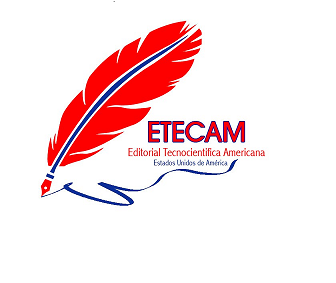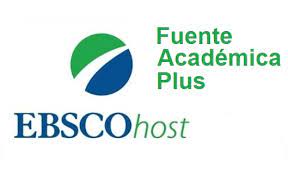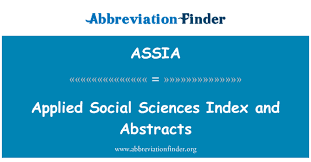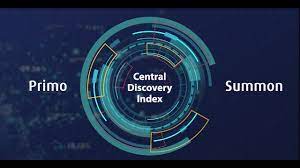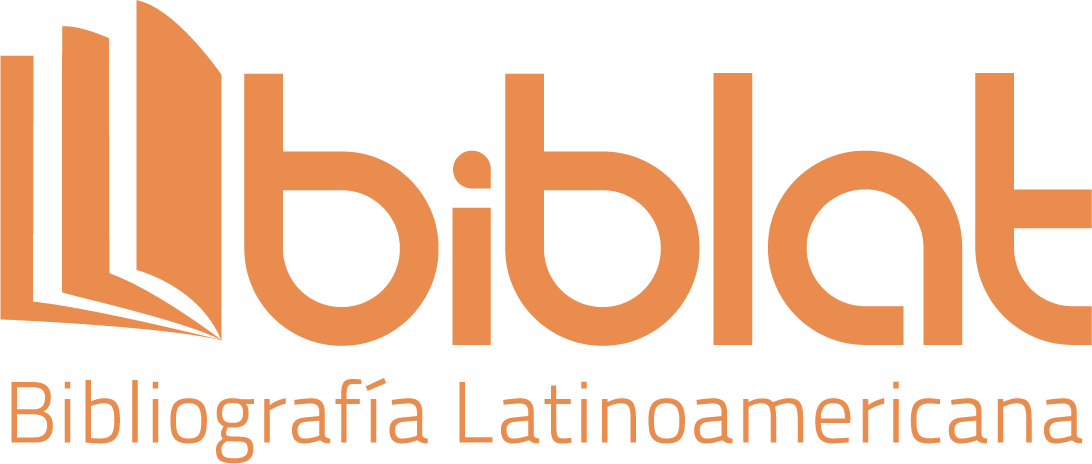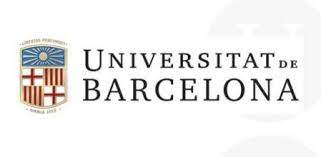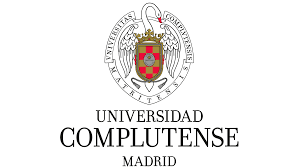Estrategias de aprendizaje de vocabulario en idioma inglés
DOI:
https://doi.org/10.51736/sa.v7i2.244Palabras clave:
vocabulario, aprendizaje de idiomas extranjeros, estrategiasResumen
El proceso de enseñanza-aprendizaje de una lengua extranjera es particularmente difícil, porque no es del dominio de la comunidad estudiantil, como es el caso específico del inglés como segunda lengua. Motivo fundamental para el desarrollo de esta investigación que se propone como objetivo general, orientar la formación de la interlengua, para que el proceso se desarrolle de acuerdo con los planes marcados en el currículo de la institución. En esta investigación participaron 40 alumnos de 9° año de bachillerato, en el nivel secundario de educación en una escuela de fiscomisional San Juan de Bosco, ubicada en el centro de Guayaquil. Los datos resultantes permiten comprender la complejidad del proceso de educación política y sugieren vías para la solución de los problemas identificados.
Descargas
Citas
Canale, M.y Swain, M.(1980).Theoretical bases of communicative approachesto second language teaching and testing. Applied Linguistics, 1(1), 1-47.
Chomsky, N. (1965). Aspects of the Theory of Syntax. Boston: MIT press.
Ellis, R.(1995).Understandingsecondlanguageacquisition. Oxford University Press.
Hulstijn, J.(2002).Towardsa Unified Accountof the Representation, Processingand Acquisition of Second Language Knowledge. Second Language Research, 18(3) 193-223.
Hulstijn, J. & Laufer, B.(2001). Some Empirical Evidence for the Involvement Load Hypothesis in Vocabulary Acquisition. Language Learning, 51(3), 539-558.
Hymes, D. (1972).On Communicative Competence. En J. B. Pridey J. Holmes (eds.), Sociolinguistics (pp.269-293). Harmondsworth:Penguin.
Kaivanpanah, S. & Alavi, M.(2008). Deriving Un known Meaningfrom Context: Isit Reliable? RELC Journal, 39(1), 77-95.
Krashen, S. & Terrell, T. (1983). The Natural Approach. California: The Alemany Press.
Laufer, B. (1997). What’ s in a word that makes it hard or easy: some intralexical factors that affect the learning of words. En N. Schmitt y M. McCarthy(eds.), Vocabulary: Description, Acquisition and Pedagogy (pp.140-155). Cambridge University Press.
Laufer, B. y Paribakht, T. (1998). The Relationship between Active and Passive Vocabularies: Effectso Language Learning Context. Language Learning,48(3), 365-391.
Lewis, M. (1993). The Lexical Approach. Language Teaching Publications.
Melka, F. (1997). Receptive vs. productive aspects of vocabulary. En N. Schmitt y M. McCarthy(eds.), Vocabulary: Description, Acquisitionand Pedagogy (pp.84-102). Cambridge University Press.
Nagy, W. (1997). On the role of context in first- and second-language vocabulary learning. En N. Schmitt y M. McCarthy(eds.), Vocabulary: Description, Acquisitionand Pedagogy (pp.64-83). CambridgeUniversity Press.
Nation, P. & Waring, R. (1997). Vocabulary size, text coverage and word lists. En N. Schmitty M. & McCarthy (eds.), Vocabulary: Description, Acquisitionand Pedagogy (pp.6-19). Cambridge University Press.
O’Dell, F. (1997). Incorporating Vocabulary in to the Syllabus. In N. Schmitty & M. McCarthy (eds.), Vocabular and Description, Acquisitionand Pedagogy (pp.258- 278). Cambridge University Press.
O’Malley, J. y Chamot, A. (1990). Learning strategies in second language Acquisition. Cambridge University Press.
Read, J. (1997). Vocabulary and testing. En N. Schmitt & M. McCarthy (eds.), Vocabulary: Description, Acquisition and Pedagogy (pp.303-320). Cambridge University Press.
Richards, J. y Rodgers, T.(1992). Approaches and Methods in Language Teaching. Cambridge University Press.
Rubin, J.(1975).What the Good Language Learner Can Teach Us. TESOL Quaterly 9, 41-51.
Selinker, L. (1972). Interlanguage. International Review of Applied Linguistics, 10,201- 231.
Schmitt, N.(1995).A Fresh Approach to Vocabulary: Usinga Word Know ledge Framework. RELC Journal, 26, 86-94.
Sokmen, A. (1997). Current Trends in Teaching Second Language Vocabulary. . In N. Schmitty & M. McCarthy (eds.), Vocabulary: Description, Acquisitionand Pedagogy (pp.237-257). Cambridge University Press.
Tseng,W. & Schmitt, N. (2008). Towarda Model of Motivated Vocabulary Learning: A Structural Equation Modeling Approach. Language Learning, 58(2), 357-400.
Publicado
Cómo citar
Número
Sección
Licencia
Derechos de autor 2024 Luisa Fernanda Jaramillo Crespo

Esta obra está bajo una licencia internacional Creative Commons Reconocimiento-NoComercial-CompartirIgual 3.0.












